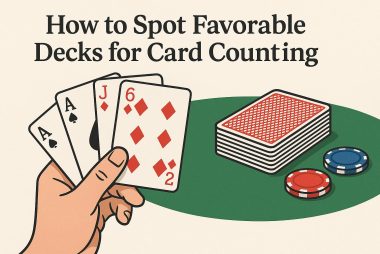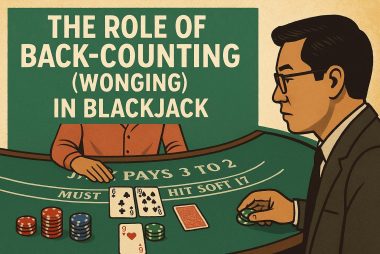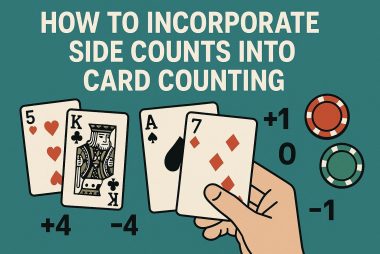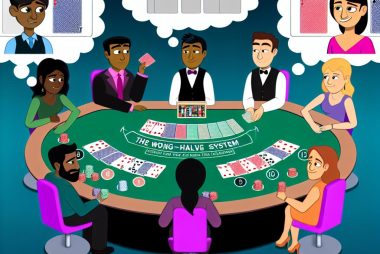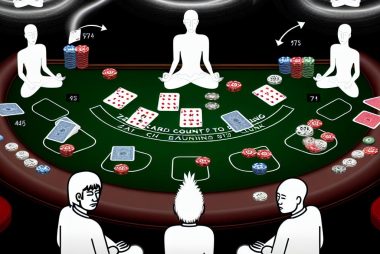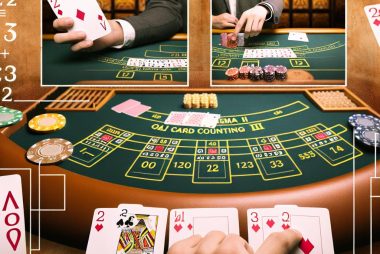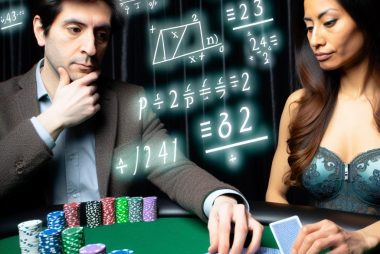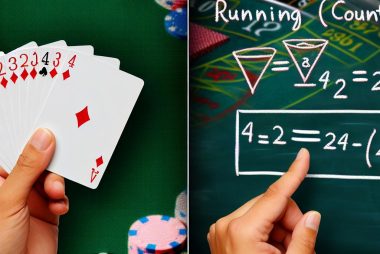How to spot favorable decks for card counting
Understanding Card Counting and Favorable Decks
Card counting is a strategic approach predominantly employed in the blackjack arena, allowing players to assess the probability of impending cards by monitoring those that have already been played. The core idea is to gain an edge over the casino by anticipating the types of cards that are more likely to appear next. This method involves straightforward arithmetic and requires players to sustain a running count that can highlight when the deck favors the player. In a setting where skill and strategy dominate, recognizing favorable decks becomes a crucial aspect of gameplay.
The Basics of Card Counting
At the heart of card counting lies the assignment of values to each card as it is dealt. Cards numbered from 2 to 6 are counted as +1, serving as indicators that more high cards remain in the deck. Cards ranging from 7 to 9 are considered neutral, with a value of 0, as their influence on the game is minimal. Higher cards, including all 10s and face cards, as well as Aces, carry a value of -1, suggesting that fewer of these cards benefit the player. The ongoing calculation of this running total provides significant insights into the deck’s current makeup, helping players to gauge their actions better.
Identifying Favorable Decks
The identification of a favorable deck is linked intrinsically with the concept of the true count. This is an adjustment of the running count, accounting for how many decks are yet to be dealt. To compute it, one divides the running count by the estimated number of decks remaining. A substantial true count indicates a deck potentially rich in high-value cards, thus enhancing the player’s potential for gains through hands like blackjacks or by increasing the probability of the dealer busting.
Observing Other Players’ Hands
Keeping an eye on the hands of fellow players can offer valuable insights into the distribution of high and low cards. Should numerous players draw low-value cards, it can enhance the overall count, indicative of a deck heavy with high cards. This observational tactic becomes an integral part of card counting strategy, allowing for more accurate decision-making.
Deck Penetration
Deck penetration is a concept that pertains to the amount of the deck that is used before reshuffling occurs. The greater the penetration, the more effective the card counting becomes, as players have a more detailed view of the remaining deck. Therefore, players often seek out tables with dealers who use a shoe or a hand-dealt game format that permits extensive deck penetration.
Recognizing Dealer Behavior
In many casinos, rules are in place that allows dealers to shuffle the deck when they perceive that players might gain an advantage. Observing and understanding these shuffling patterns can significantly impact a player’s strategic decisions, as it indicates when one should remain at a table or relocate. Dealers who are inclined to shuffle less often offer counters an improved opportunity to exploit favorable counts.
Adapting Strategies Based on Deck Favorability
Upon detecting a favorable count, players can optimize both their betting and playing strategies. One prevalent approach is to increase bet sizes substantially when the count is high, effectively maximizing potential profits. Alterations in play strategy might also include standing on hard 16s against a dealer with a low card or doubling down in situations that would otherwise seem unfavorable based on traditional play methods.
Bankroll Management
Efficient bankroll management is crucial to capitalize on favorable decks effectively. Understanding when to enhance bet amounts and by what margin is vital to leveraging positive counts to their fullest. This level of management ensures that the player’s resources are utilized effectively, reducing the risk of significant losses and optimizing potential gains.
Conclusion
Mastering the ability to spot favorable decks significantly enhances the efficacy of card counting techniques. It involves acute observation of the game, astute understanding of card distribution dynamics, and the maintenance of an accurate count. Players capable of identifying and leveraging favorable conditions possess not only a mathematical edge but also an astute appreciation of the game’s flow. For further inquiries into card counting strategies and deck selection, seeking out additional resources from acknowledged casino strategy websites might prove beneficial. These often offer insights from both seasoned players and experts, providing a more comprehensive understanding of card counting nuances.
This overview provides a foundation for those interested in deepening their understanding of card counting and favorable deck strategies. By practicing these techniques in conjunction with a disciplined approach to bankroll management, players can increase their chances of success in the game of blackjack. The aforementioned practices require not only analytical skills but also a keen sense of observation and timing—attributes that can turn the tables in the player’s favor when utilized correctly.

